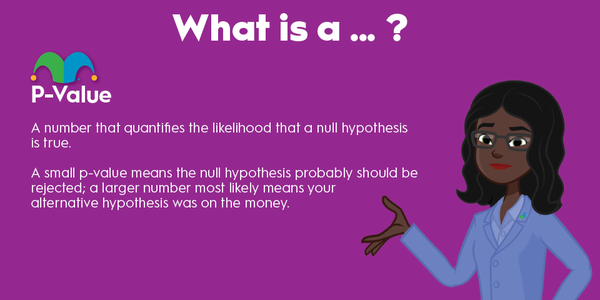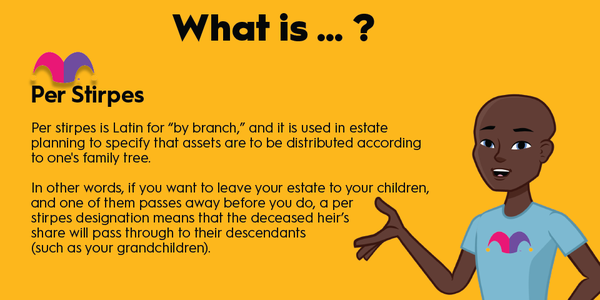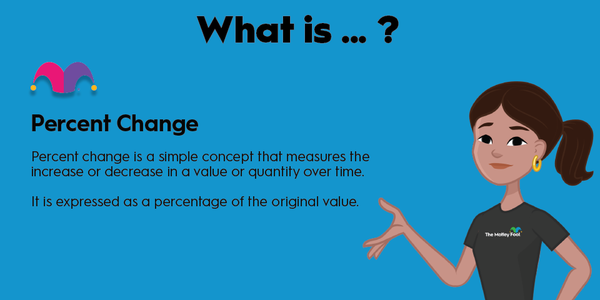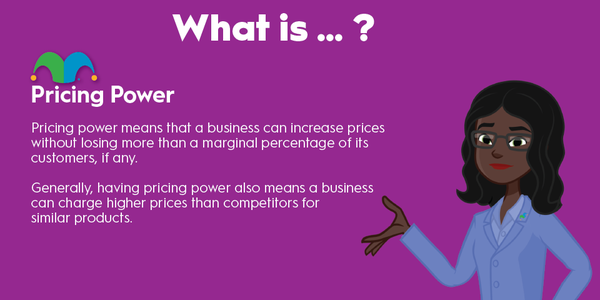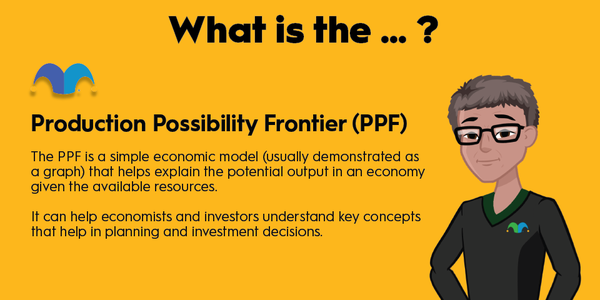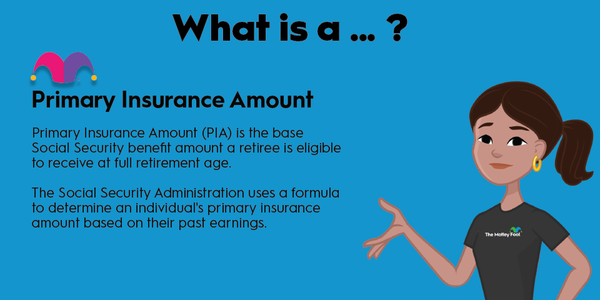Blockchain networks and cryptocurrencies have to validate their new data blocks against data from many different validation nodes. This can be done in many different ways, and the proof-of-authority platform (PoA) is one promising option for the data processing backbone.
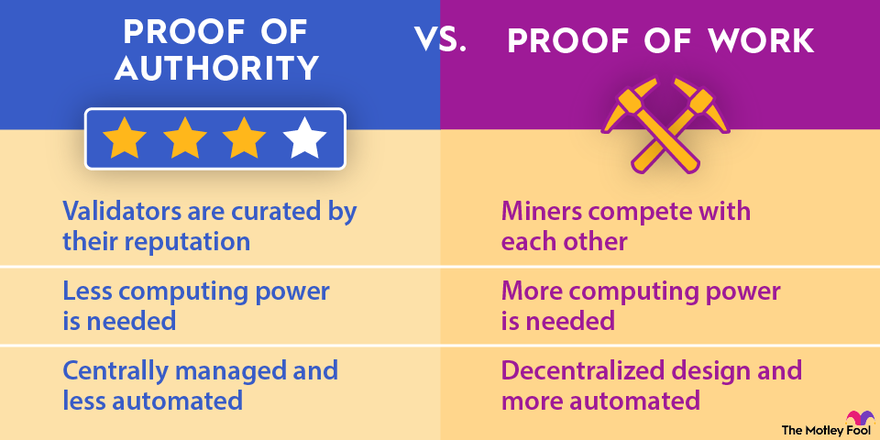
What is proof of authority (PoA)?
What is proof of authority (PoA)?
Most blockchain networks today rely on either proof-of-work or proof-of-stake validation.
In a proof-of-work (PoW) system, networked computers and specially designed cryptocurrency mining machines solve massive amounts of mathematical problems to earn the right to mint the next new cryptocurrency token. With a proof-of-stake (PoS) platform, owners of existing crypto tokens can mint new tokens by locking up their holdings in exchange for validating and minting new tokens.
Both are examples of decentralized networks where anyone can become a validator and earn new tokens either by setting up enormous crypto-mining networks or by owning a large amount of tokens. These requirements also ensure the blockchain network’s data security and consistency on a global level. Inserting bad data or double-spending crypto tokens in such systems requires control of more than 50% of the network’s total mining power or existing coins. The larger the network grows, the harder it gets to build that level of security-busting influence.
The proof-of-authority technology approaches the blockchain’s data validation from a different angle. Instead of a decentralized cloud of arbitrary validation nodes, this system relies on a predefined list of nodes with special security clearance. In effect, the validators are investing their reputation in the consensus process.
Proof of authority explained
Proof of authority explained
Adding new data blocks to the blockchain requires consensus among validators, just like the PoW and PoS systems, but these validators are selected by a central authority that has deemed each node to be trustworthy. PoW and PoS nodes can be entirely anonymous and permissionless, but the PoA system requires each node to log in and identify itself.
It’s a fundamentally different approach to blockchain security. The mining of PoW systems and staking of PoS networks is replaced by a central authority handing out the right to validate data blocks. There is no anonymous group of consensus-checking validators and no token-minting incentives for providing honest and correct validation checks. Instead, the hard work of data security is done in the selection of trusted and authorized validation identities.
How proof of authority works
How proof of authority works
Let’s take the VeChain (VET -1.95%) smart contract platform as an example.
VeChain’s proof-of-authority process starts with a list of 101 so-called authority masternode operators selected and audited by VeChain’s central steering committee. The committee itself is elected by the VeChain community.
Each masternode operator must pass a rigorous verification and auditing process involving accounting services giants PricewaterhouseCoopers and DNV. The operator also has to contribute to VeChain’s growth in some way as an active developer, a well-known opinion leader, or a company with interests in the cryptocurrency space.
The masternode operator is not a specific computer. Each operator may run several nodes under the same identity to boost the redundancy and capacity of the validation network.
New blocks are added to VeChain’s blockchain ledger by pushing new data to the masternodes and waiting for a majority of the sample nodes to validate and approve the new block. The small group of selected masternodes can reach consensus very quickly, and new blocks are generated approximately every 10 seconds.
Other PoA networks are run along similar lines, although each individual network has its own quirks.
Smart Contracts
Pros and cons of proof of authority
Pros and cons of proof of authority
Due to the predetermined trust in masternodes, there is no costly staking or mining operation to perform. The computing power that goes into a PoA network such as VeChain is minimal and can be completed very quickly.
With strong background checks and regular audits of the chosen validator nodes, a proof-of-authority blockchain can be just as secure as a PoW or PoS platform. It takes some extra work, especially in the early days of a new blockchain project, but it can be done.
On the other hand, the hand-picked and centrally managed nature of PoA can introduce some downsides. This blockchain architecture is less automated than other solutions, raising the risk of human error. Many users and developers of blockchain networks cherish the decentralized design of a PoS or PoW solution, which is missing from the PoA idea.
Proof of authority vs. proof of stake
Proof of authority vs. proof of stake
Proof of authority was conceived by Ethereum (ETH -0.79%) co-founder Gavin Wood as a solution to specific problems with the proof-of-stake mechanism.
One potential issue with PoS validation is that a staked investment of $1,000 may be a big deal to a developer or enthusiast of limited means, while it’s a rounding error to wealthier investors. By tying the validation node to your actual identity and staking your real-world reputation to the process, anyone can see when your node submits incorrect or even fraudulent validation findings. Consequently, people and organizations with the means to disrupt a PoS system wouldn’t want to try the same thing on a PoA network because the identity of the bad validator is out in the open.
PoA networks also often use fewer validators than PoS blockchains, which results in faster settlement of transactions and execution of smart contracts.
On the flip side, PoA is not really a decentralized system so it may be better suited to private networks than to public blockchains on a global scale.
Related investing topics
Proof of authority vs. proof of work
Proof of authority vs. proof of work
The main advantage of PoA over proof-of-work blockchains is the far lower need for computing power. Much like PoS setups, a PoA blockchain works with a fraction of the computing hardware, electric power, and environmental impact of a proof-of-work network.
On top of these fundamental benefits, proof-of-authority coins also bring the same central authority qualities to this comparison. If you’re uncomfortable with a blockchain network with a tightly defined (and often hand-picked) data validation group, a PoA solution may not be for you. On the other hand, it can be a great choice for internal blockchain solutions in an enterprise network setting and for other situations where the process doesn’t need to be globally decentralized.
The proof-of-authority architecture is not as popular as the proof-of-stake design that powers many of today’s altcoins or the proof-of-work technology behind Ethereum and Bitcoin (BTC -2.45%). It’s also a newer idea building buzz over time. Keeping an eye on this alternative blockchain design could come in handy if the idea continues to gain influence.
The crypto sector can be a risky place to put your money, and you should consider the pros and cons of trusting a PoA system before putting your money to work in a digital coin based on this technology.





